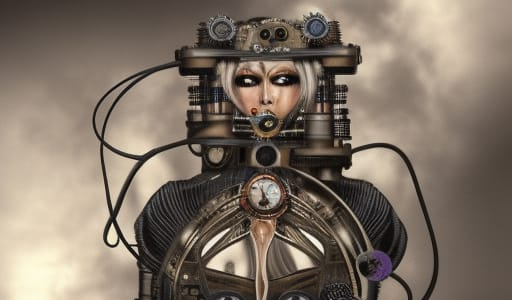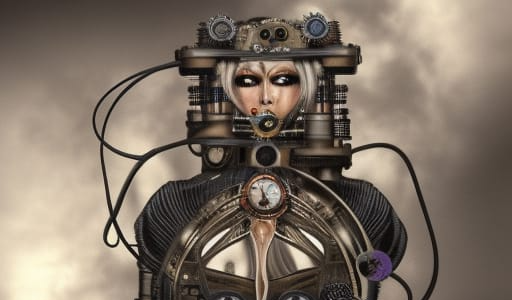Technology-enhanced human capacities are what transhumanism claims the future will bring, but is it all as promising as it seems?
In this insightful conversation, we delve into transhumanism’s shadow side and examine the moral, societal, and political ramifications of human-machine fusion.
We identify the dangers that could change the fundamental nature of our life, from the threats of inequity and loss of privacy to the possibility for exploitation and loss of humanity.
In his book To Be a Machine, Mark O’Connell summarizes the goals of the transhumanism movement. Last week, the book won the Wellcome Book Prize. They think that we should use technology to improve our bodies and minds, that we can and should integrate with robots, and that we should ultimately remake ourselves in the image of our own higher ideals.
The concept of using technology to improve our bodies is not new. Yet, how seriously transhumanists regard the idea varies. We once produced things like wooden legs, hearing aids, eyeglasses, and fake teeth. In the future, we may be able to directly detect infrared or ultraviolet radiation thanks to implants, or we may be able to improve our cognitive abilities by connecting to memory chips. In the end, transhumanism will allow science to create individuals with nearly god-like brilliance, power, and longevity through the fusion of man and machine.
Is that a worthwhile objective? Transhumanism proponents think that transcending the physical boundaries and constraints that characterize a typical human being will bring about astounding benefits. But doing so would present a number of ethical issues and conundrums. The goals of transhumanism are now moving up our intellectual agenda, as O’Connell’s work demonstrates. But this is a discussion that is just getting started.
There is no doubt that human enhancement is becoming more and more sophisticated – as will be demonstrated at the exhibition The Future Starts Here which opens at the V&A museum in London this week. Items on display will include “powered clothing” made by the US company Seismic. Worn under regular clothes, these suits mimic the biomechanics of the human body and give users – typically older people – discrete strength when getting out of a chair or climbing stairs, or standing for long periods.
STAFF NEWS & ANALYSIS, Videos
The Dark Side of Transhumanism: Merging Humans and Machines
By Joe Jarvis – April 15, 2023
Other links:
Book: The Rise and Triumph of the Modern Self (amazon affiliate link)

Source: The Daily Bell Rephrased By: InfoArmed
